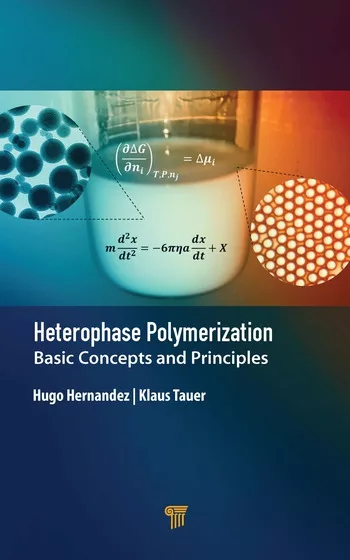Ask Dr. Dave
November 2006
Question: We make HDPE tubing that is used for underground drainage pipes, and want to bond it to fittings made of polystyrene or PVC. No great strength is required - the bond merely has to hold the parts in place while they are being buried underground. What can you recommend that cures in a few minutes, preferably is one component, is easily used by non-skilled workers and is cost-effective?
Answer: Some of the special cyanoacrylates that are designed for bonding polyolefins would probably do the job for you but would be quite expensive and a little tricky to use in non-skilled hands. A one-component, moisture-curing polyurethane might be a candidate but is probably too slow-curing. An elegant solution might be to use an epoxy stick. These are actually two-component systems that behave like one component because they come as a concentric cylinder where the hardener is extruded on the inside with the resin on the outside. To use them, you merely tear off the amount required and knead it in your hands. The sticks can be purchased in grades that will fixture within one minute, if necessary. The adhesion to HDPE and other plastics will not be very high, but may be high enough for this application.
Question: We need an automated process to produce a watertight seal around a polyester flex-circuit-to-wire interface. Sealed product must resist a water-immersion soak test without shorting. What would you recommend?
Answer: Some companies are now offering novel hot-melt compositions that encapsulate components in a mold. This is a fast process that can be readily automated and is an alternative to conventional injection molding and potting techniques. Most products seem to be based on high-melting polyamides. These might be good candidates for your application, but will require testing. For maximum moisture resistance, a polyolefin-based hot melt might be more suitable.
Question: We make HDPE tubing that is used for underground drainage pipes, and want to bond it to fittings made of polystyrene or PVC. No great strength is required - the bond merely has to hold the parts in place while they are being buried underground. What can you recommend that cures in a few minutes, preferably is one component, is easily used by non-skilled workers and is cost-effective?
Answer: Some of the special cyanoacrylates that are designed for bonding polyolefins would probably do the job for you but would be quite expensive and a little tricky to use in non-skilled hands. A one-component, moisture-curing polyurethane might be a candidate but is probably too slow-curing. An elegant solution might be to use an epoxy stick. These are actually two-component systems that behave like one component because they come as a concentric cylinder where the hardener is extruded on the inside with the resin on the outside. To use them, you merely tear off the amount required and knead it in your hands. The sticks can be purchased in grades that will fixture within one minute, if necessary. The adhesion to HDPE and other plastics will not be very high, but may be high enough for this application.
Question: We need an automated process to produce a watertight seal around a polyester flex-circuit-to-wire interface. Sealed product must resist a water-immersion soak test without shorting. What would you recommend?
Answer: Some companies are now offering novel hot-melt compositions that encapsulate components in a mold. This is a fast process that can be readily automated and is an alternative to conventional injection molding and potting techniques. Most products seem to be based on high-melting polyamides. These might be good candidates for your application, but will require testing. For maximum moisture resistance, a polyolefin-based hot melt might be more suitable.
Links
Looking for a reprint of this article?
From high-res PDFs to custom plaques, order your copy today!






